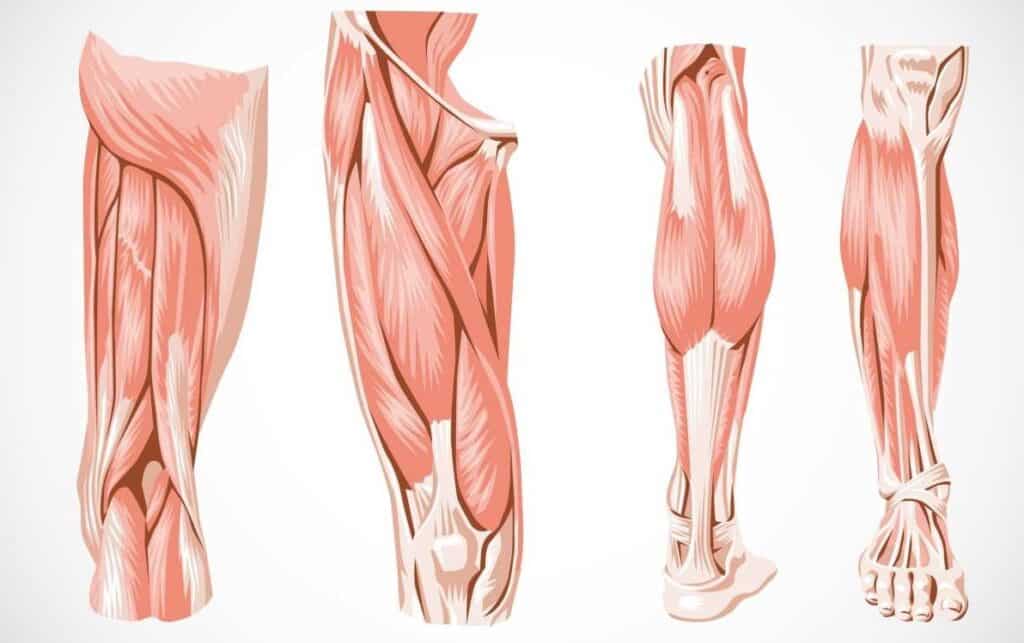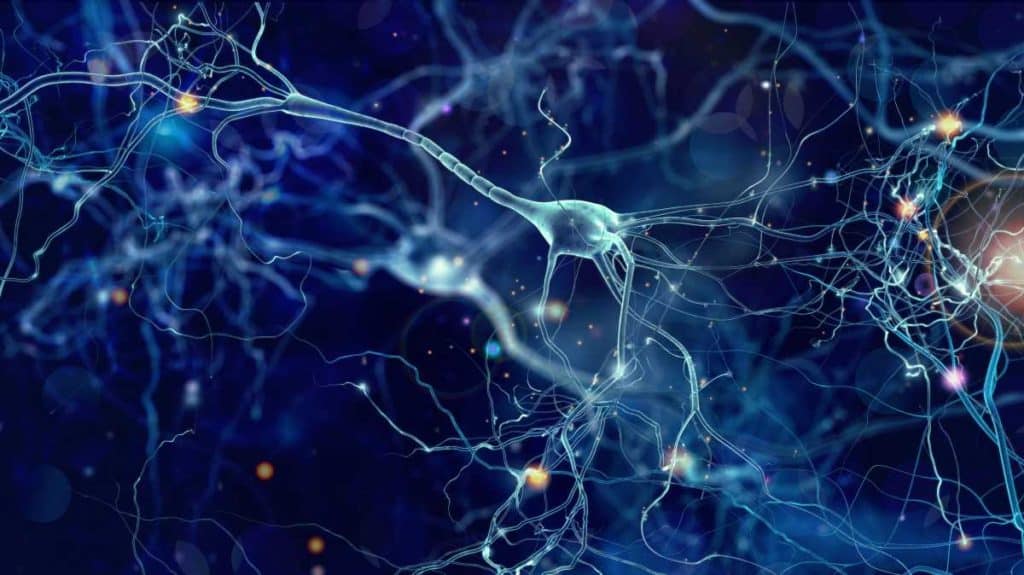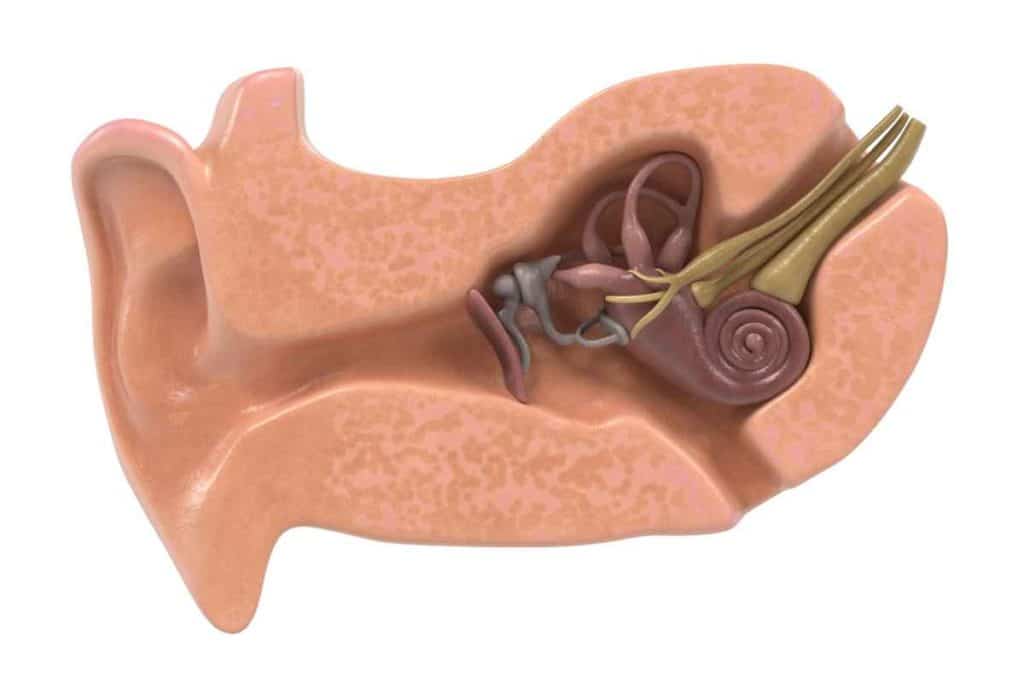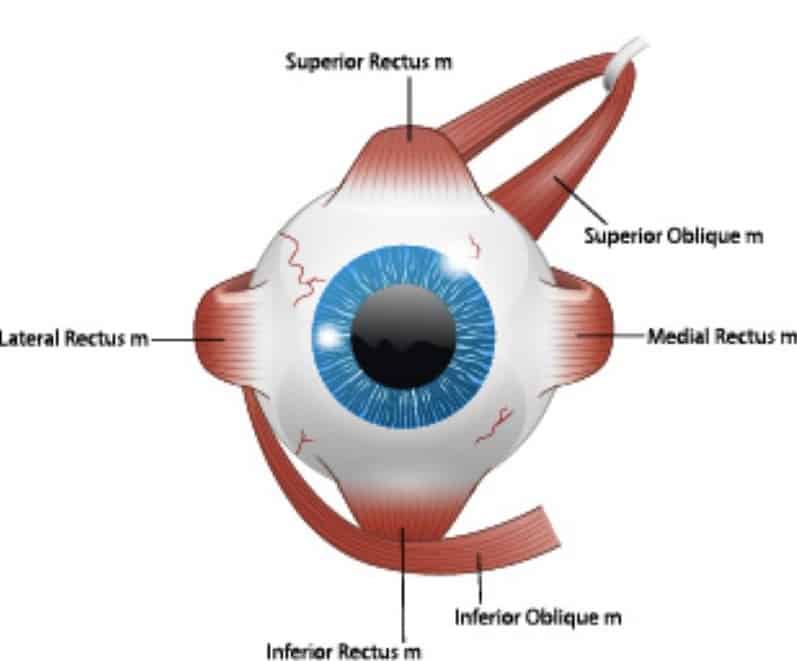Balance is one of those many things in life that we take for granted with our body. Once we begin to experience balance issues however, we can be reminded just how much we depend on our balance to get us safely and effectively through each and every day.
Balance issues can arise for a number of different reasons and can become increasingly prevalent as we grow older in life. If you find yourself having some balance issues, fear not:
Physical therapists are trained to assess and treat the underlying reasons as to why an individual may be experiencing balance issues. They are trained in numerous techniques and interventional approaches to address the reason for why an individual’s balance may be affected.
If you’re wondering how physical therapists can help with balance issues, keep on reading as this article has some great information to help you understand more about the world of balance. I’ll be covering how the body achieves balance, how physical therapists identify these issues and what they can do to help get your balance back on track.
Let’s begin by understanding the main systems of the body that work to achieve balance:
There are four primary systems our body uses to achieve balance
There are four ways in which our body works to achieve balance. When one (or more) of these systems are compromised, our balance can begin to suffer. The four systems that your body uses to achieve and maintain balance are:
- The musculoskeletal system (we need enough physical strength to stay standing)
- The sensory system (we need to feel where our legs are in space)
- The vestibular system (this is the inner ear apparatus that plays a large role in giving us information about our balance
- The visual system (The brain relies heavily on vision to help us with balance)
The musculoskeletal system
When it comes to standing upright and staying on our feet, we need the physical strength to do so. Even if all of the other systems within the body are operating perfectly, having inadequate amounts of strength within the body to stand upright or stay steadying when trying to correct our position will result in a loss of balance.
Think of it like a tall building standing in the sky: If the bottom of floors of the building don’t have the strength to support the rest of the building above it, then the building will come collapsing down.
The sensory system
The sensory system of the body refers to the nerves and impulses that travel along the nerves all throughout the body. Many nerves that are within the foot and leg run to to the spinal cord, which then sends the information to the brain regarding all sorts of important information about which positions the legs and feet are in.
Think of these nerve impulses like little messengers that take information from what’s happening in the foot and leg and bring the information to the command center (the brain) for a “status and position update”.
When the brain doesn’t receive as much information about the position of our feet and legs as it should, it’s tough for the brain to then know when and how to make the necessary corrections in foot and leg placement in ways that would be helpful for maintaining balance. Our brain won’t know when or where to reposition and place the feet and legs in order to maintain balance if it’s unsure of which position(s) they are currently in.
The vestibular system
The vestibular system (sometimes called the vestibular apparatus) is a very small system of different components within your inner ear that give your brain a ton of information about which position your head is currently in and whether or not any movement is happening to your body even when you’re staying still.
As an example, if you stat on a chair capable of spinning, closed your eyes and allowed someone to spin you in a certain direction, your vestibular system would be primarily responsible for how you know whether you are spinning to the left or the right.
The visual system
Our brains rely heavily on visual information from the environment around us in order to interpret the position that our body is currently in. If you’ve ever tried to walk down a dark hallway, or stand upright with your eyes closed, you have likely felt that balance becomes a bit more difficult.
When our eyes don’t have adequate mobility to move around and scan the environment around us, our brain gets less visual information to work with for interpreting the required information it uses to help achieve and maintain balance. The same is true if our visual acuity (ability to see clearly) is negatively affected.
Physical therapists take numerous courses pertaining to these systems
While in school, physical therapists are put through their paces when it comes to learning about and examining each one of these systems. In addition to learning the raw material itself, they spent numerous hours in clinical simulations or labs where they hone their skills on performing tests, examinations and treatments for each potential source of balance issues.
How physical therapists identify causes of balance issues
As physical therapists, we receive ample amounts of training on determining just how balance can be affected within an individual. In addition to this, we also receive extensive amounts of training on how to identify which system(s) have been affected and how to begin working to strengthen or correct the issue at hand.
Asking the right questions
Determining the source(s) of balance issues begins with us asking a number of very specific questions that can quickly help us hone in on the underlying mechanism(s) that may be affecting the individual’s balance. These questions can quickly help us determine which system(s) of the body may need to be examined further as well as just how extensively the system has been affected.
We will also ask questions about your general health and your past medical history, as clues to an individual’s balance issues are often abundant within their past medical history or current health status.
Choosing the right tests and examinations
Once we’ve asked our questions, we have a pretty good idea of where to start looking for further information. We have numerous tests and examinations that we can give for each system of the body that works to achieve balance.
Determining which system(s) are at fault and to what extent
Asking questions about your balance symptoms and performing specific examinations that can challenge each balance system of your body allows us to really dial in on where and how to begin addressing any issues you may be having with your balance. When we combine our specific questions that we ask along with any and all required specific testing and examination of your balance issues, we have a strong ability to determine the root cause(s) of the balance issue(s).
In-depth knowledge and abilities to assess for all aspects of systems and factors that can affect balance help us perform what’s known as a differential diagnosis.
A differential diagnosis refers to the process of taking a number of different conditions or injuries that could be causing an issue and systematically ruling them in or ruling them out one by one until we are left with the primary issue(s) that we believe to be causing the issue(s).
Assigning the correct rehabilitative exercises to improve balance
This is where all the questions we ask and the testing we perform on the patient comes into play. Only once a physical therapist has a good understanding as to what is causing the balance issues can they then assign the correct, most appropriate exercises for treatment. This is where it is critical for the therapist to understand the bodily systems involved in achieving and maintaining balance.
If balance issues are determined to be driven purely by the vestibular system, all the musculoskeletal strengthening in the world for the legs and core won’t improve balance. Likewise, if there are sensory deficits within the lower extremities, vestibular rehabilitation won’t make much of a difference. If, however one system is beyond recovery then training the other systems to compensate may be an effective strategy.
The exercise or exercises that we assign as part of the rehabilitation process (regaining your balance) are selected not just on which balance system(s) we believe need to be addressed, but also based on numerous other factors that are unique to your case.
The correct exercises that the patient will need to do will depend on the results of the therapist’s examination, the environment (including personal support) that the patient has access to for performing exercises and much more. As physical therapists, we believe that the best rehabilitative outcomes occur when we individualize the rehabilitative process as much as possible to the unique needs and goals of the patient.
Balance issues arising from indirect means
There are often times where balance is indirectly affected from other means. By this, I’m referring to balance issues arising from things like dizziness from medications, loss of balance from sudden pain in the knee, etc.
While medications can make individuals feel dizzy or pain can cause muscles to shut off (a sharp pain in the knee may cause us to collapse, etc.), physical therapists are able to identify with reasonable accuracy as to whether or not a patient’s balance issues are being caused from direct or indirect mechanisms. It’s just one more piece of the puzzle that we oftentimes need to take into account when determining what’s going on as well as the most appropriate exercises and rehabilitative approach for the patient.
Some physical therapists specialize in balance retraining for their clinical practice
While all licensed physical therapists receive a fair amount of education and training on assessing and treating balance issues, some physical therapists choose to specialize in this type of rehabilitation.
If you’ve been told by your family doctor or another medical professional that your balance issues or chronic dizziness is likely going to be a more involved case (i.e. it will be a more challenging condition to treat), then seeking a physical therapist that specializes in balance re-training can be a wise move.
If your current physical therapist feels that your condition is out of their scope of practice or that they would like advanced expertise, they may also refer you to a physical therapy specialist for balance issues.
Concluding remarks
While balance issues can arise for different reasons and can become increasingly common as we progress through life, there are plenty of great ways that a physical therapist can work with you to address the issues that are causing your loss of balance.
While all physical therapists have general training in assessing, identifying and correcting balance issues, some therapists choose to specialize in this form of physical rehabilitation.
Balance issues stand a good chance of being improved to one extent or another once the underlying issue(s) have been correctly identified. Sometimes they can be improved nearly instantly, other times they take a lot of work, but regardless of how long it takes, a physical therapist will guide you through the process and work with you to give you the confidence you need throughout the process.
Related articles
- Can Physical Therapy Help Me Lose Weight?
- Five Massive Reasons why Physical Therapy is Important After an Injury
- How to Prepare for Your First Physical Therapy Appointment
- What to Expect for Your First Physical Therapy Appointment

Hi! I’m Jim Wittstrom, PT, DPT, CSCS, Pn1.
I am a physical therapist who is passionate about all things pertaining to strength & conditioning, human movement, injury prevention and rehabilitation. I created StrengthResurgence.com in order to help others become stronger and healthier. I also love helping aspiring students and therapists fulfill their dreams of becoming successful in school and within their clinical PT practice. Thanks for checking out my site!






